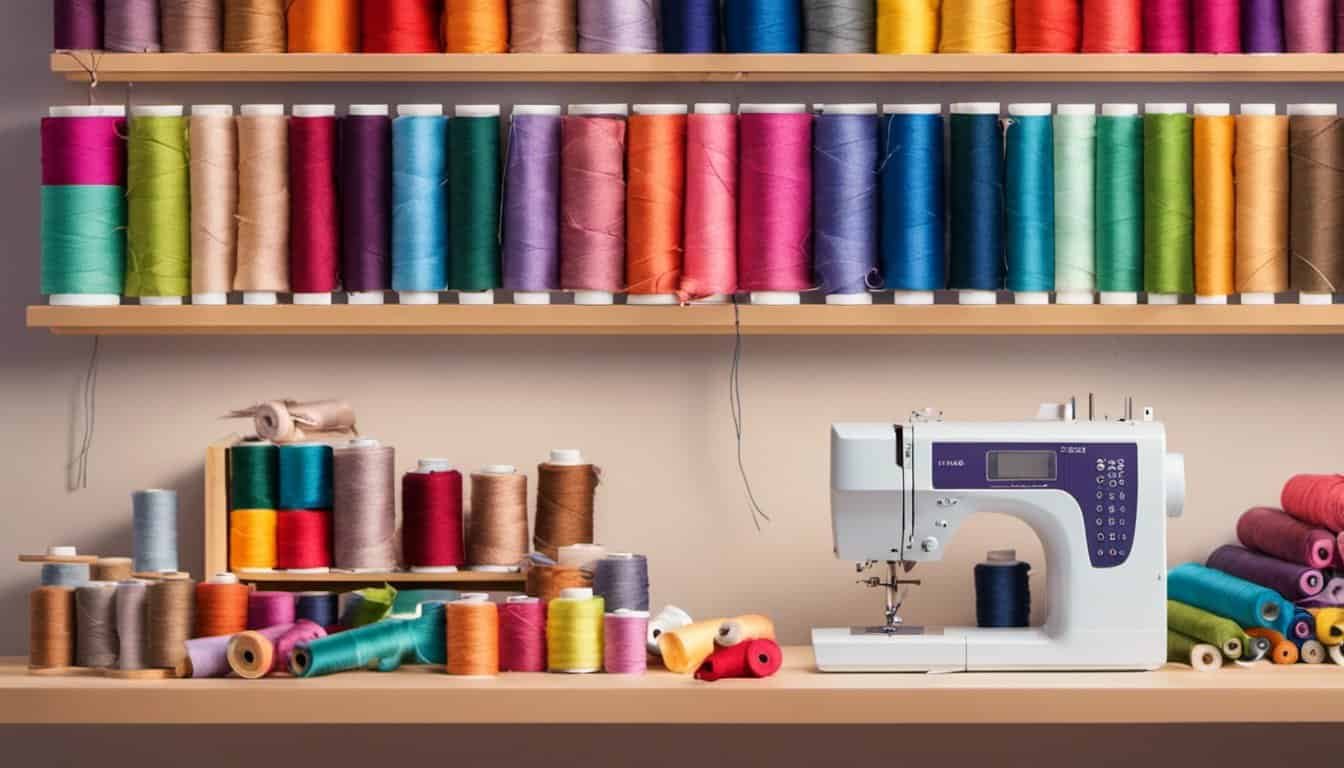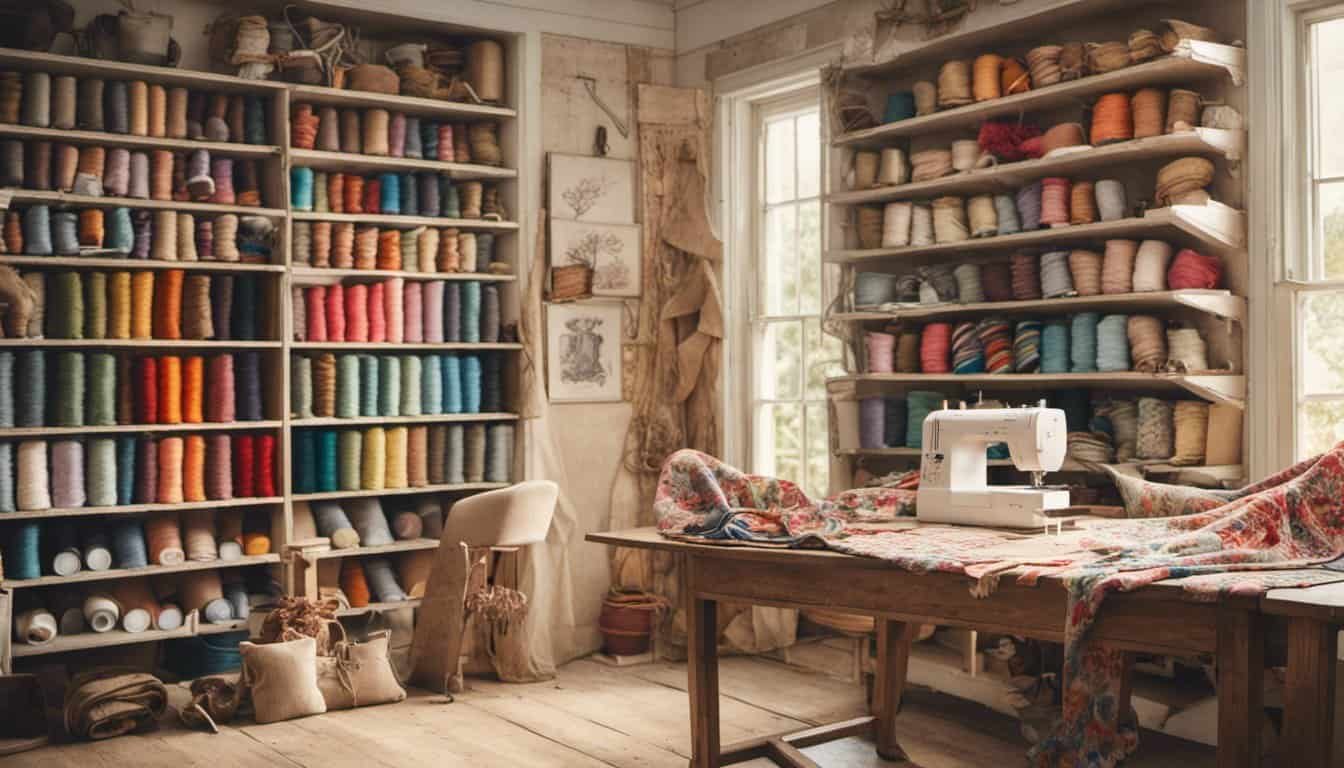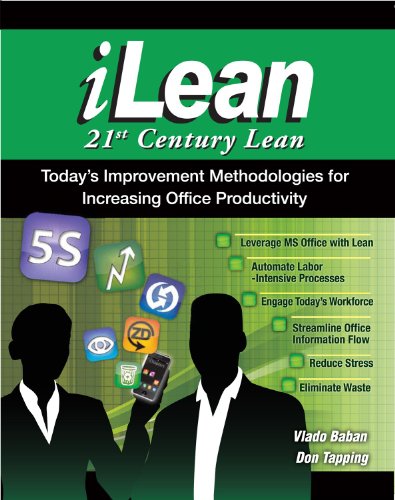Winter is just around the corner, and finding the perfect coat is on my mind. I’ve always appreciated the warmth and classic style that wool fabrics offer, but with so many options out there, it can be overwhelming. That’s why I decided to dive deep into reviewing various wool fabrics to help you choose the best one for your winter coat.
From traditional merino to luxurious cashmere blends, each wool type has its unique qualities. I’ll share my insights on durability, comfort, and style to make your decision easier. Whether you’re looking for something timeless or modern, understanding the differences in wool fabrics can make all the difference in staying cozy and looking sharp this winter.
Overview of Wool Fabrics
Wool remains a top choice for winter coats due to its natural insulation and durability. Various wool types offer distinct benefits tailored to different needs.
Types of Wool
- Merino Wool: Fine fibers provide softness and excellent temperature regulation.
- Cashmere Blends: Combine luxury with added strength from other fibers.
- Mohair: Offers high sheen and resilience, ideal for structured coats.
- Tweed: Durable and textured, suitable for classic styles.
Key Characteristics
- Warmth: Wool traps air, delivering consistent insulation even in wet conditions.
- Durability: Resists wear and maintains shape over time, ensuring long-lasting coats.
- Comfort: Breathable fibers prevent overheating, maintaining comfort throughout the day.
- Style: Available in various weaves and finishes, accommodating both casual and formal designs.
Maintenance and Care
Proper care extends the life of wool coats. Dry cleaning is recommended to preserve fabric integrity. Additionally, storing coats in breathable garment bags avoids moisture buildup and fabric damage.
Blends and Enhancements
Blending wool with synthetic fibers like polyester increases durability and reduces costs. These blends maintain wool’s natural benefits while enhancing performance for everyday wear.
Sustainability
Wool is a renewable resource, biodegradable, and produced with lower environmental impact compared to synthetic alternatives. Choosing responsibly sourced wool supports sustainable fashion practices.
Summary Table
| Wool Type | Softness | Insulation | Durability | Maintenance |
|---|---|---|---|---|
| Merino | High | Excellent | Good | Dry clean only |
| Cashmere Blend | Very High | Excellent | Moderate | Gentle washing |
| Mohair | Medium | Good | Very High | Dry clean preferred |
| Tweed | Low | Good | Very High | Regular maintenance |
By understanding these wool fabric options, I can select the best material for a winter coat that balances warmth, comfort, and style.
Types of Wool Used in Winter Coats
I explore various wool types to help you choose the best option for your winter coat.
Merino Wool
Merino wool offers unparalleled softness and breathability, making it ideal for comfortable winter coats. Derived from Merino sheep, its fine fibers minimize itchiness while providing excellent insulation. Merino wool regulates body temperature efficiently, keeping you warm in cold weather and cool when temperatures rise. Additionally, its natural moisture-wicking properties ensure dryness and reduce odor buildup, enhancing overall wearability. Merino wool maintains its shape and resists wrinkles, contributing to a polished appearance in your winter outerwear.
Cashmere
Cashmere delivers luxurious warmth and a lightweight feel, perfect for high-end winter coats. Sourced from cashmere goats, its ultra-fine fibers create a soft and smooth texture that feels gentle against the skin. Cashmere excels in insulation, trapping heat effectively without adding bulk, ensuring a sleek silhouette. Its natural elasticity allows for comfortable movement and durability, extending the life of your coat. Moreover, cashmere’s elegant drape enhances the garment’s aesthetic, offering both style and functionality for sophisticated winter attire.
Benefits of Wool for Winter Coats
Wool stands out as an excellent choice for winter coats, offering a range of advantages that make it ideal for cold weather.
Warmth and Insulation
Wool excels in providing warmth and insulation for winter coats. Its natural fibers trap air, effectively retaining body heat even in freezing temperatures. This insulation property ensures that you stay cozy without feeling bulky.
- Temperature Regulation: Wool can keep you warm in cold conditions and cool when temperatures rise.
- Moisture-Wicking: It absorbs up to 30% of its weight in moisture without feeling damp, keeping you dry and comfortable.
- Breathability: Allows excess heat to escape, preventing overheating during active use.
| Property | Description |
|---|---|
| Insulation | Traps air to retain body heat effectively |
| Moisture-Wicking | Absorbs moisture while remaining dry to the touch |
| Breathability | Facilitates air flow to prevent overheating |
Durability
Wool is known for its impressive durability, making it a long-lasting choice for winter coats. Its strong fibers resist wear and tear, ensuring that your coat maintains its appearance and functionality over time.
- Resilience: Wool fibers can bend thousands of times without breaking, enhancing the coat’s lifespan.
- Stain Resistance: Naturally resistant to dirt and oils, wool coats require less frequent cleaning.
- Shape Retention: Maintains its shape and structure, reducing the need for frequent repairs or alterations.
| Durability Factor | Benefit |
|---|---|
| Resilience | Withstands repeated use without losing integrity |
| Stain Resistance | Minimizes the impact of spills and dirt |
| Shape Retention | Keeps the coat looking new and well-fitted |
Wool’s combination of superior warmth and lasting durability makes it a top choice for creating winter coats that are both comfortable and reliable.

Choosing the Right Wool Fabric
Selecting the right wool fabric is crucial for ensuring your winter coat offers both warmth and style. Here’s how to consider weight, thickness, and maintenance when making your choice.
Weight and Thickness
Choosing the appropriate weight and thickness of wool affects your coat’s insulation and comfort. Here’s a breakdown:
- Lightweight Wool: Ideal for milder winter climates. It offers moderate warmth without bulk, perfect for layering.
- Medium-Weight Wool: Suitable for average winter conditions. It balances insulation and flexibility, making it versatile for various styles.
- Heavyweight Wool: Best for extremely cold environments. It provides maximum warmth and durability, suitable for thick, robust coats.
| Weight Category | Temperature Suitability | Common Uses |
|---|---|---|
| Lightweight | 40°F – 60°F | Trench coats, linings |
| Medium-Weight | 20°F – 40°F | Pea coats, overcoats |
| Heavyweight | Below 20°F | Parkas, thick overcoats |
Care and Maintenance
Proper care extends the life of your wool coat and maintains its appearance. Follow these guidelines:
- Dry Cleaning: Always dry clean wool coats to prevent shrinking and fabric damage.
- Storage: Store coats in a cool, dry place. Use breathable garment bags to protect from dust and moisture.
- Moth Prevention: Keep moths away by using lavender sachets or cedar blocks in your storage area.
- Spot Cleaning: Address stains immediately with a damp cloth and mild detergent, avoiding excessive rubbing.
- Avoid Overloading Racks: Hang your coat on wide, padded hangers to maintain its shape and prevent stretching.
By considering weight and thickness and adhering to proper care practices, you ensure your wool coat remains a reliable and stylish winter staple.
Popular Brands and Their Wool Coat Offerings
When selecting a winter coat, choosing a reputable brand ensures quality and style. Here are some popular brands known for their exceptional wool coat collections:
Brooks Brothers
« Top 10 Best Fabric Markers for Pattern Tracing You Can’t Live Without
Unlock Your Creativity with the Best Beginner Sewing Books of 2025 »
Brooks Brothers offers a range of classic wool coats crafted from pure wool and wool blends. Their Regent Overcoat features a tailored fit, notch lapels, and comes in colors like charcoal and navy. Prices range from $600 to $1,200, providing both durability and timeless style.
J.Crew
J.Crew’s wool coat lineup includes the Classic Peak Coat, made from a wool-cashmere blend for added softness. Available in sizes 34 to 48, these coats offer a versatile look with prices between $300 and $500. The brand emphasizes modern cuts and a variety of color options.
Patagonia
Patagonia focuses on sustainable wool options with their Frozen Range Parka. This coat uses recycled wool and Fair Trade Certified™ stitching, ensuring environmental responsibility. Prices start at $400, and features include waterproof finishes and thermal insulation suitable for extreme cold.
The North Face
The North Face provides functional wool coats like the ThermoBall™ Eco Jacket, which incorporates wool with synthetic fibers for enhanced warmth and moisture resistance. Pricing ranges from $250 to $450, and the coats are designed for both urban and outdoor settings.
Pendleton
Pendleton specializes in wool coats with rich patterns and heritage designs. Their Combining Swan Overcoat showcases traditional Native American motifs woven into high-quality wool. Prices typically range from $350 to $700, offering unique style and cultural significance.

Hugo Boss
Hugo Boss delivers luxury wool coats with a focus on sleek, modern designs. The Signature Wool Overcoat features minimalistic details, slim fits, and premium wool fabrics. Prices range from $800 to $1,500, catering to those seeking upscale fashion statements.
Table: Comparison of Popular Wool Coat Brands
| Brand | Coat Name | Wool Type | Price Range | Key Features |
|---|---|---|---|---|
| Brooks Brothers | Regent Overcoat | Pure Wool, Wool Blends | $600-$1,200 | Tailored fit, notch lapels, classic colors |
| J.Crew | Classic Peak Coat | Wool-Cashmere Blend | $300-$500 | Modern cuts, variety of colors, versatile |
| Patagonia | Frozen Range Parka | Recycled Wool | $400-$600 | Sustainable, waterproof, thermal insulation |
| The North Face | ThermoBall™ Eco Jacket | Wool and Synthetics | $250-$450 | Warmth, moisture resistance, outdoor-ready |
| Pendleton | Combining Swan Overcoat | Traditional Wool | $350-$700 | Heritage patterns, cultural designs |
| Hugo Boss | Signature Wool Overcoat | Premium Wool | $800-$1,500 | Sleek design, slim fit, luxury fabrics |
Choosing the right brand depends on your specific needs, whether it’s sustainability, luxury, functionality, or classic style. Each of these brands offers unique advantages, ensuring you find the perfect wool coat for your winter wardrobe.
Price Range and Value for Money
Wool fabrics for winter coats vary significantly in price, reflecting differences in quality, fiber type, and brand reputation. Understanding these price ranges helps determine the best value for your investment.
Price Breakdown by Wool Type
| Wool Type | Price Range (USD) | Key Value Points |
|---|---|---|
| Merino Wool | $150 – $400 | Softness, breathability, temperature regulation |
| Cashmere | $300 – $1,200 | Luxurious warmth, lightweight, durability |
| Mohair | $200 – $500 | Sheen, strength, wrinkle resistance |
| Tweed | $180 – $450 | Classic style, durability, texture versatility |
Evaluating Value for Money
When assessing value, consider the balance between cost and benefits:
- Merino Wool: Offers excellent insulation and comfort at a mid-range price, ideal for everyday wear.
- Cashmere: Higher upfront cost provides superior softness and lightweight warmth, suitable for luxury coats.
- Mohair: Durable and stylish, mohair blends extend the fabric’s lifespan, offering long-term value.
- Tweed: Combines classic aesthetics with durability, making it a cost-effective choice for timeless winter coats.
Brand Impact on Pricing
Brand reputation influences prices. Established brands like Brooks Brothers and Hugo Boss typically charge more due to quality assurance and brand prestige. In contrast, brands like Patagonia offer competitive pricing with sustainable practices.

Cost vs. Longevity
Investing in higher-priced wool fabrics often results in longer-lasting coats. Cashmere and mohair blends resist wear and maintain their appearance over time, reducing the need for frequent replacements and enhancing overall value.
Summary
Choosing the right wool fabric involves balancing your budget with the desired quality and longevity. By understanding the price ranges and the value each wool type offers, you can make an informed decision that ensures your winter coat remains a reliable and stylish part of your wardrobe for years.
Conclusion
Finding the right wool fabric for a winter coat can truly make a difference. I’m thrilled by the variety available from merino to cashmere blends each offering unique benefits to suit different styles and needs.
Investing in a quality wool coat not only keeps you warm but also adds a timeless piece to your wardrobe. With proper care your coat can last for many winters providing both comfort and style.
Balancing factors like durability comfort and price helps in choosing the best option for you. I hope this review makes your search for the perfect winter coat a little easier and more enjoyable.


















